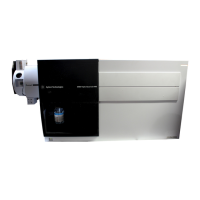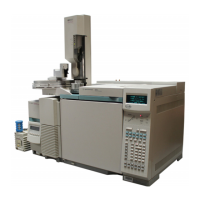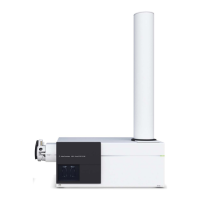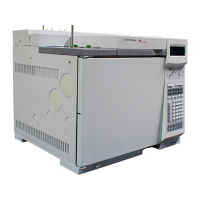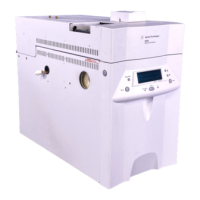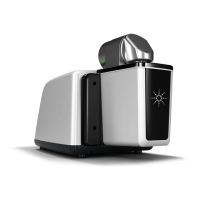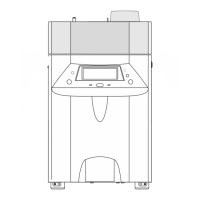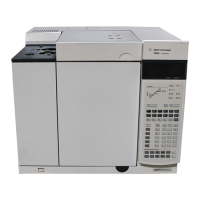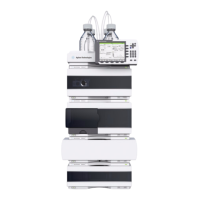2 Hardware Overview
Atmospheric Pressure Chemical Ionization (APCI) source
Agilent 6475 Triple Quad LC/MS System User Guide 25
Atmospheric Pressure Chemical Ionization (APCI)
source
In Atmospheric Pressure Chemical Ionization (APCI), the LC mobile phase is
sprayed through a heated vaporizer (typically 250°C to 400°C) at atmospheric
pressure. The heat vaporizes the liquid. The resulting gas-phase solvent
molecules are ionized by electrons discharged from a corona needle.
The solvent ions then transfer charge to the analyte molecules through chemical
reactions (chemical ionization) . The analyte ions pass through a capillary
sampling orifice into the mass analyzer. APCI is applicable to a wide range of
polar and nonpolar molecules.
APCI rarely results in multiple charging, so APCI is typically used for molecules
smaller than 1,500 u.
Because high temperatures are also involved , APCI is not appropriate for
analysis of large biomolecules. APCI is used with normal-phase chromatography
more often than electrospray is because the analytes are usually nonpolar.
Figure 6. APCI cover, ion source, and spray shield
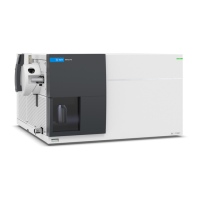
